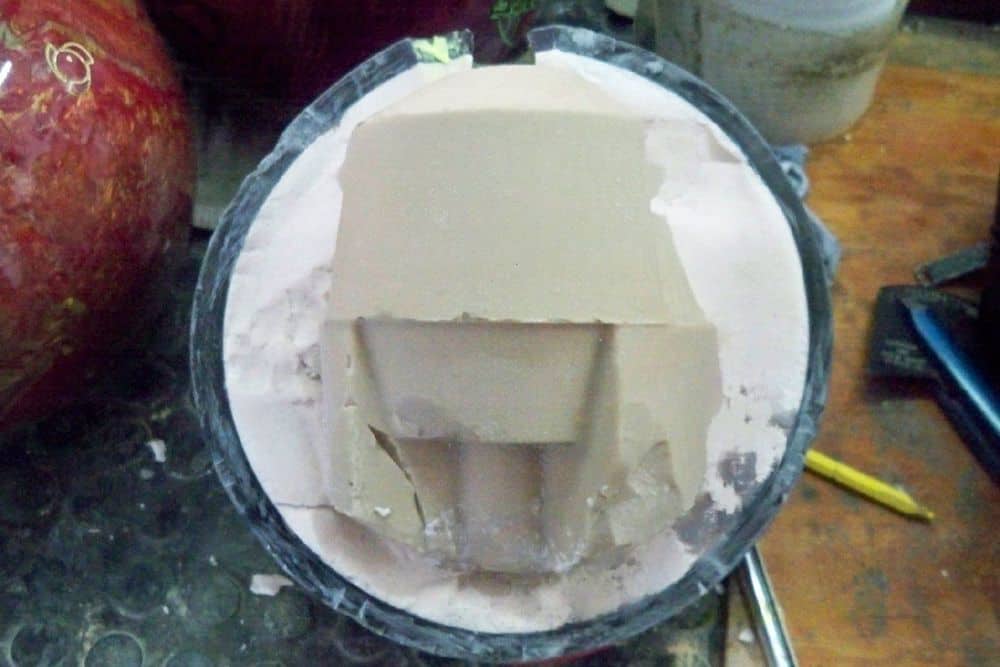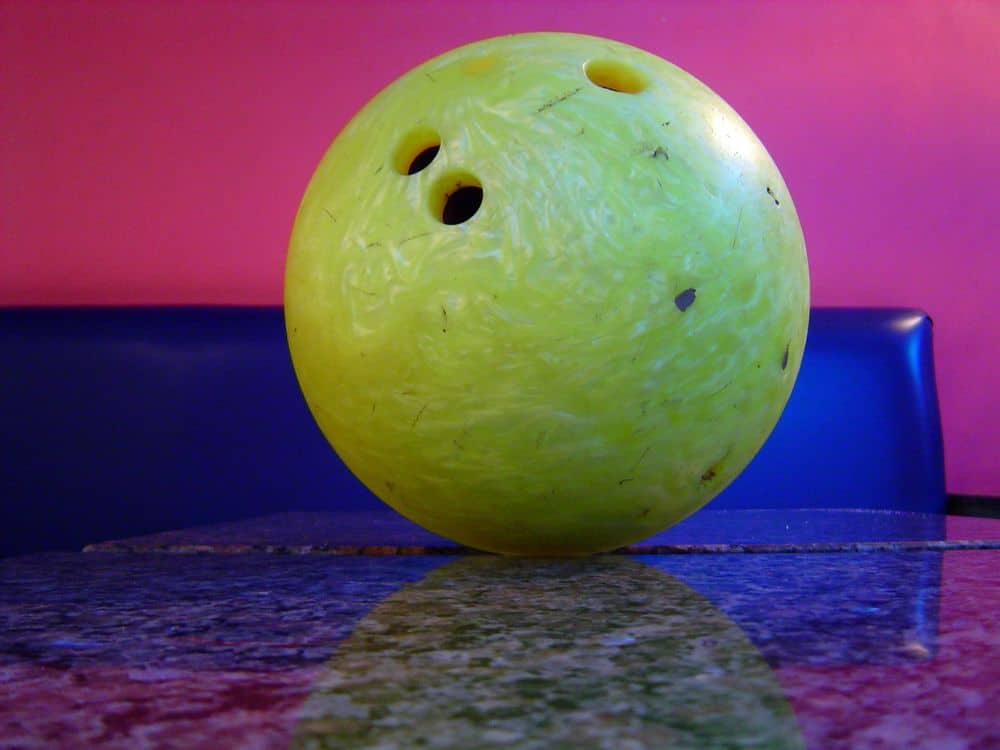If you’ve ever wondered why bowling balls float, the answer is actually pretty simple. It has to do with the way that bowling balls are made and the materials that they’re made from.
In this blog post, we’ll take a look at the science behind why bowling balls float and how they’re able to travel down the lane without sinking into the pins.
Do bowling balls float?
The quick answer is– it depends on the ball’s density and buoyancy. Most bowling balls are dense and will sink when they’re put in water.
Bowling balls weighing less than 12 pounds float in water due to the fact that they have a lesser density as compared to the water’s surface. Obviously, heavier bowling balls are likely to sink, as with other heavy objects.
If an object, in this case a bowling ball, is denser, then it is more likely to sink. The most common density of a bowling ball is roughly 1.5 grams per cubic cm. By comparison, the density of water is 1 gram per cubic centimeter.
This means that bowling balls that weigh less than 12 pounds are actually less dense than water, which is why they float.
Will a bowling ball float in the ocean?
The quick answer is no, a bowling ball will not float in the ocean. A bowling ball is dense and heavy, which means it has a high gravity. Salt water is more dense than fresh water, and the ocean is full of it.
This means that the ocean has a higher gravity than a lake or swimming pool.
When an object is placed in water, it will float if the water has a lower gravity than the object. If the water has a higher gravity, the object will sink. So, since the ocean has a higher gravity than a bowling ball, the bowling ball will sink to the bottom.
What would happen if you tried to float a bowling ball in the ocean? Well, you would sink to the bottom and be met with a lot of resistance. The water is so dense that it is hard to move through. You would probably just end up getting tired and frustrated.
The ocean is too dense and has too high of a gravity for a bowling ball to float.
If you tried to float a bowling ball in the ocean, you would sink to the bottom and have a lot of trouble moving.
Will a bowling ball float in the dead sea?
The Dead Sea is one of the most interesting places on Earth. It is fascinating for many reasons, and one of those reasons is because of its high density. It has a density that is nearly twice that of seawater and is so salty that no life can survive in it.
This combination of high density and saltiness makes for some interesting properties, one of which is the ability of certain objects to float. The Dead Sea is so dense that it is impossible for humans or anything else– bowling balls included– to sink in it.
The high salt content of the Dead Sea makes it easier for objects to float. The salt itself is more dense than fresh or sea water, so it creates a sort of buoyancy.
How do you make a bowling ball float?
In order to understand how something as dense as a bowling ball can float, we need to understand a little bit about physics. Specifically, we need to understand buoyancy. Buoyancy is the force that keeps an object afloat.
It’s caused by the difference in density between the object and the fluid it’s submerged in. The greater the difference in density, the greater the buoyant force.
So, what does this have to do with bowling balls? Well, bowling balls are made out of a material called polyurethane. Polyurethane is very dense—denser than water, in fact.
However, it’s not as dense as other materials, like lead or steel. That’s why it’s used to make things like bowling balls and skateboard wheels—it’s durable but not too heavy.
Now that we know a little bit about buoyancy and density, let’s talk about how to make a bowling ball float. The first step is to find a body of water that’s deep enough to submerge the entire ball. A swimming pool or hot tub will work fine.
Once you’ve found your body of water, simply lower the ball into it until it’s completely submerged. Then let go! The ball will float to the surface thanks to its buoyancy.
Does a ball sink or float?
There are two main factors that affect whether a bowling ball will sink or float: density and buoyancy. The first factor, density, is pretty straightforward. Density is the ratio of an object’s mass to its volume.
An object with a low density will float in water because it is less dense than the water. An object with a high density will sink because it is denser than the water. So, what is the density of a bowling ball?
The second factor, buoyancy, is a little more complicated. Buoyancy is the force that allows an object to float. It’s created by the difference in the water’s pressure on the object’s top and bottom surfaces.
The more buoyant an object is, the more likely it is to float.
So, what does all this mean for bowling balls? Well, most bowling balls are made of materials that have a high density, like plastic or metal. This means that they’re more likely to sink than float.
However, if a bowling ball has a lot of air pockets inside it, it will be more buoyant and more likely to float.
If a bowling ball is dense, it will sink. If it’s not dense, it will float.
How fast does a bowling ball sink in water?
This is a question that many people ask, but the answer may surprise you. You may have seen a physics demonstration where a teacher drops a bowling ball into a tank of water and it sinks rapidly.
But how fast does a bowling ball actually sink in water? The speed at which a bowling ball sinks in water depends on a number of factors, including the type of bowling ball and the density of the water.
When it comes to bowling balls, there are two main types: solid and hollow. Solid bowling balls are made of a single piece of material, usually polyester or urethane. Hollow bowling balls, on the other hand, have a hole in the center.
The type of bowling ball you use will affect the speed at which it sinks in water. The density of the water also plays a role in how fast a bowling ball sinks. If the water is more dense, the bowling ball will sink more slowly.
This is because the bowling ball has to displace a greater amount of water in order to sink.
In general, however, you can expect a bowling ball to sink at a rate of about one foot per second.
Conclusion
So, there you have it! Now you know why bowling balls float and how they’re able to travel down the lane without sinking into the pins. The next time you go to your local bowling alley, keep these facts in mind and impress your friends with your knowledge of physics.









